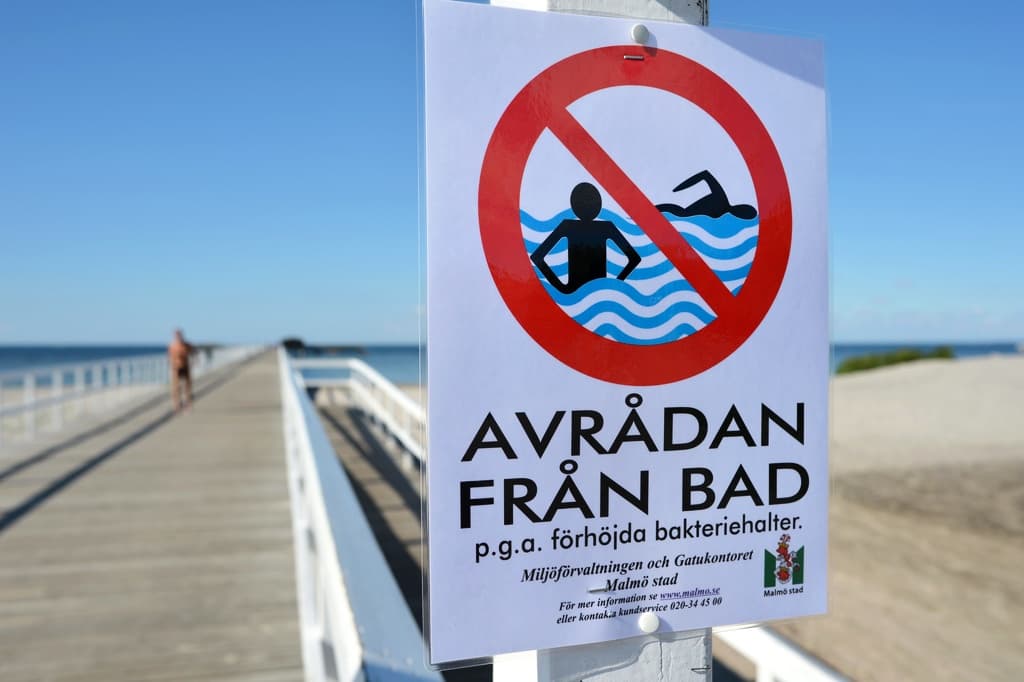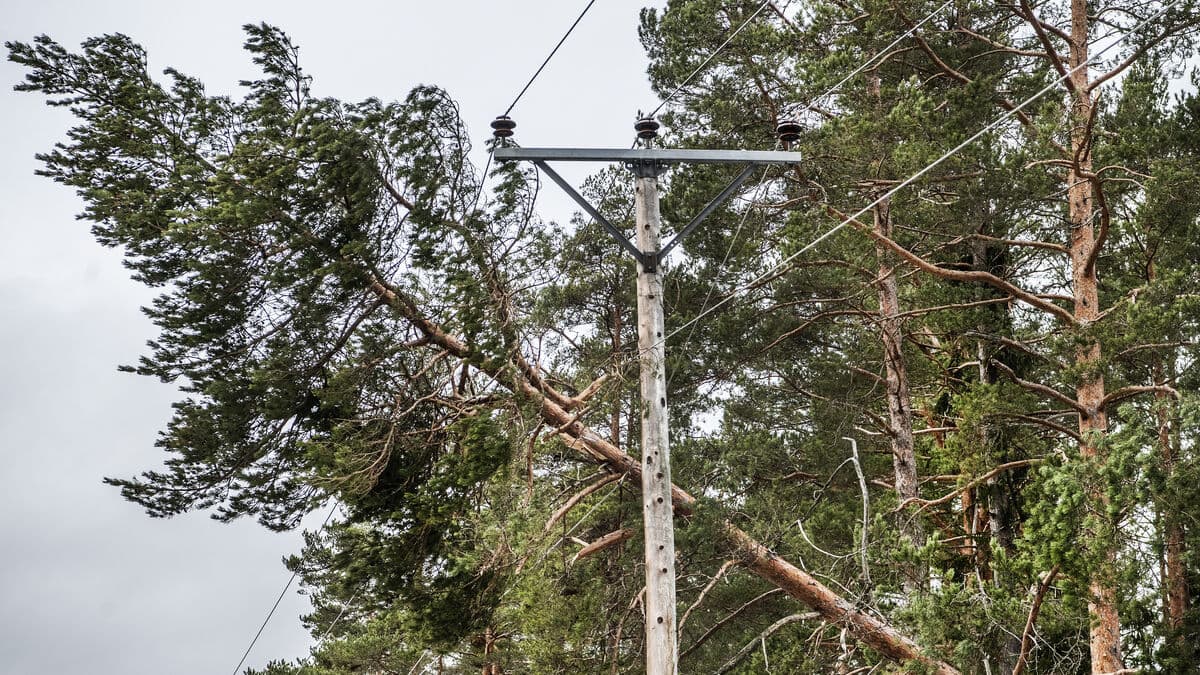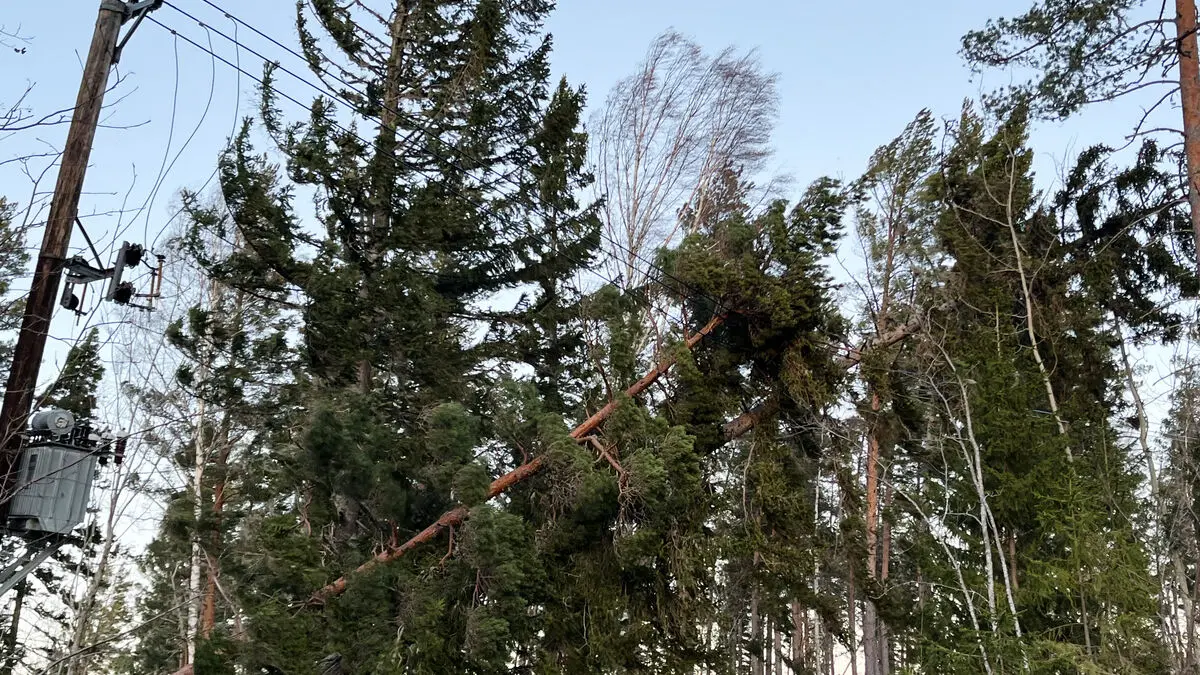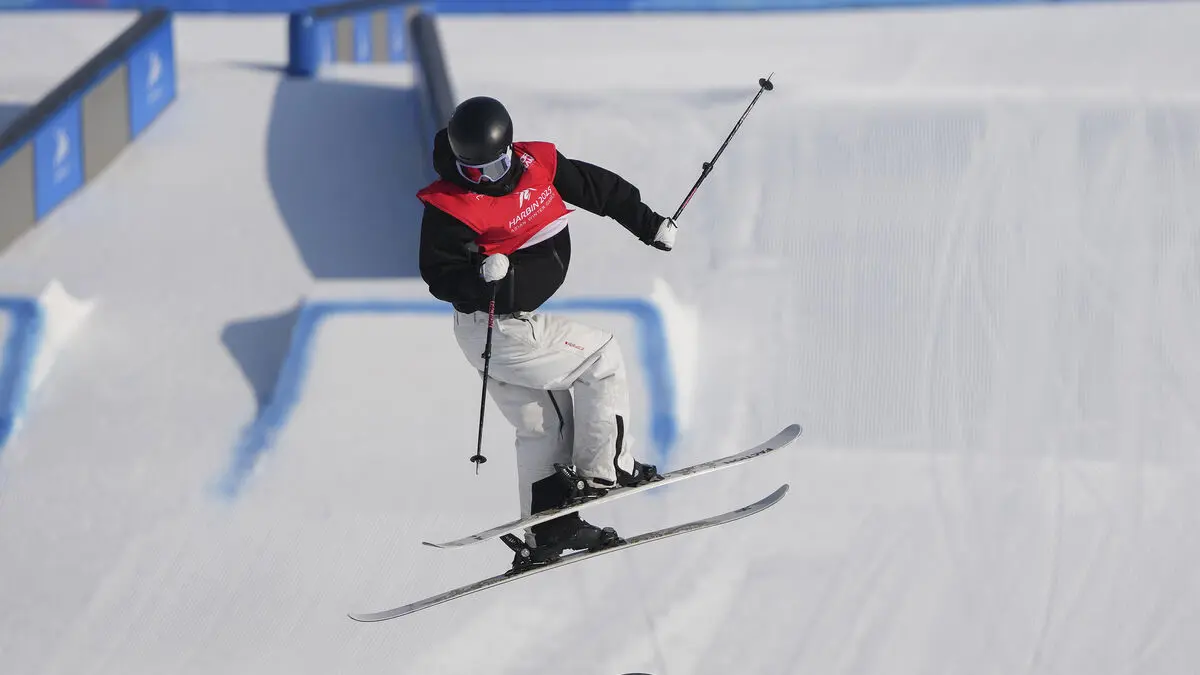What has led to the many alarms about sewage on beaches is so-called overflow – a temporary release of wastewater that is made when the sewer network or treatment plants become overloaded, for example, in connection with heavy rainfall.
It is too early to say if there have been more overflows than usual, but the summer has not been directly dry, notes Erik Karlsson, strategist at Svenskt vatten. He believes that increased awareness of water issues has also contributed to the attention.
There has been a greater focus on the issue this year. The municipalities have probably become better at issuing bathing bans, perhaps due to the discussions in connection with the Olympic Games about whether to bathe in the Seine.
Many, especially older cities, have combined sewer networks that lead down both wastewater and rainwater. It is often these that overflow because the water volumes have become too large.
Great needs
Rainfall-like rainfall will become increasingly common due to climate change, and the need to be able to handle the water masses is great. Erik Karlsson says that in 2020-2021, they calculated that they were 10 billion kronor behind in investment costs.
In the long run, we believe that the water and sewage tax needs to be quadrupled, of which the investment cost accounts for a doubling.
Today, no combined sewer networks are being built in Sweden, but there are many left. When rebuilding the systems, they try to build separately instead, but it will not keep the watercourses free from unwanted pollutants.
It doesn't matter how you rebuild the water and sewage systems, if it rains intensively, pollutants from the streets will end up there.
Expensive solution
Trying to dimension the sewer network to handle increasingly large water quantities would be expensive. A better solution is to plan cities so that rainwater does not enter the sewers.
It is incredibly expensive to dig in inner-city environments that are often most affected. The best is to handle it on the surface, as it is easier to adapt a surface to changed conditions.
A sunken planting in a sidewalk can become a basin for rainwater, and a gap between the curbstones leads water away from the sidewalk and down among the plants.
We also see projects that lead water into tree pits, so that you can irrigate with rainwater. They are trying to find more ways to utilize the water instead of just sending it straight out.
In Sweden, we use approximately 140 liters of water per person and day. Of these, 30 liters are estimated to go to toilet flushing. The rest comes from bathing, washing, and dishwashing.
The water that is released in connection with overflow due to heavy rainfall or snowmelt consists mainly of rainwater and meltwater.
91 percent of the overflow water is rainwater or meltwater. Seven percent comes from showering, washing, and dishwashing, and only two percent is toilet water.
Source: Svenskt vatten





